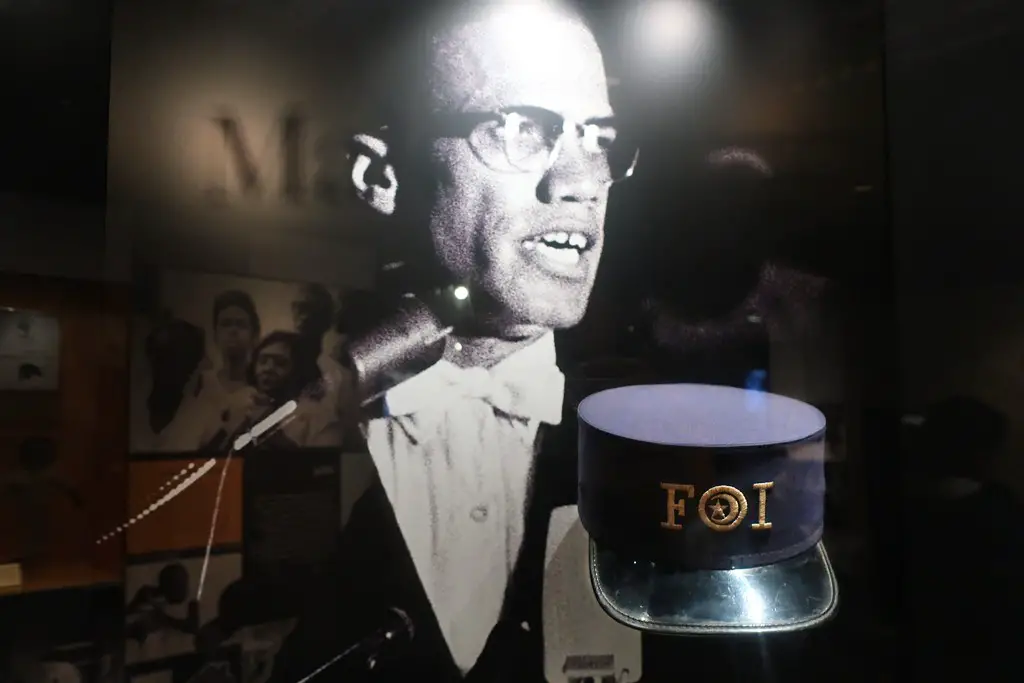1. Kanye West: Reimagining Architecture with Vision and Innovation

Kanye West, although widely known for his music and fashion influence, is now carving out a unique space in architecture with his YEEZY Home initiative. His approach to design reflects his characteristic ability to challenge conventional thinking and push boundaries. Kanye’s vision for architecture centers on affordability, sustainability, and community. His plans include modular, affordable housing designs that use innovative materials and energy-efficient technologies. He’s particularly focused on creating structures that foster a sense of identity and cultural significance for those who are often overlooked in the housing market says the New Yorker.
His architectural journey is still in its early stages, but Kanye has already begun to push the boundaries of how we think about housing. The homes designed under YEEZY Home are meant to be more than just shelter—they are meant to be transformative spaces that are deeply connected to the individual and the community. Kanye’s involvement in architecture continues to evolve, but it’s clear that his vision has the potential to disrupt and inspire the way we think about sustainable living. His unique blend of creativity, social consciousness, and commitment to design innovation sets him apart as one of the most forward-thinking figures in contemporary architecture.
2. David Adjaye: Designing with Cultural Significance

David Adjaye is one of the most celebrated Black architects in the world, known for his visionary and culturally significant designs. His work spans continents and cultures, incorporating elements from African heritage with cutting-edge modern architecture. Adjaye’s most famous project is the National Museum of African American History and Culture in Washington, D.C., which stands as a powerful symbol of Black history and identity in America. His design philosophy revolves around creating spaces that reflect the cultures they represent and that foster a sense of connection and pride says the Art Newspaper.
Adjaye’s work often emphasizes the importance of materials and craftsmanship, integrating natural elements such as wood and stone into his buildings to convey a sense of place and history. His commitment to social justice is evident in his advocacy for diverse representation within the architecture field and his ongoing mentorship of young architects. Adjaye’s architecture isn’t just about creating beautiful buildings—it’s about telling important stories and reshaping the urban environment to be more inclusive, sustainable, and community-centered. His impact on architecture is profound, not just in the projects he’s completed, but in the broader conversations he’s helping to shape within the profession.
3. Zena Howard: Championing Diversity in Design

Zena Howard is an influential Black architect whose work integrates the history, culture, and needs of communities into her designs. As a principal at Perkins and Will, Howard has been at the forefront of designing spaces that serve as both functional structures and cultural symbols. Her work on the National Museum of African American History and Culture in Washington, D.C. (alongside David Adjaye), is an iconic example of her ability to create spaces that are both reflective of African American history and modern in their technological execution.
Howard’s work focuses on ensuring that architecture is representative of the communities it serves. She is passionate about working with underserved populations to create environments that promote healing, growth, and education. Through her designs, she emphasizes the importance of representation, with a strong focus on diversity and inclusion within the architectural process. Howard’s work extends to educational facilities, cultural institutions, and urban planning projects, all aimed at improving quality of life through thoughtful and sustainable design. Her leadership in the field continues to inspire future generations of architects, particularly women of color.
4. Maya Angelou: Creating Spaces with Cultural Reverence

Maya Angelou’s work extends far beyond her literary contributions; she is also a significant cultural influence in the architecture community. As the designer behind the Maya Angelou Center for Health Equity in Winston-Salem, North Carolina, Angelou’s unique approach incorporates themes of health, equity, and empowerment into her architectural vision. Her designs are an extension of her values—creating spaces where dignity and well-being are paramount.
While Angelou was best known for her poetry and activism, her foray into architecture reflects her lifelong commitment to improving the lives of marginalized communities. The Center for Health Equity is designed to provide care, resources, and support to the underserved populations, serving as a place of community healing. Angelou’s understanding of how space impacts the spirit and the mind is evident in her work, making her a remarkable figure in the field. Her designs symbolize more than just buildings—they are manifestations of her belief in justice, equality, and human dignity.
5. Philip Freelon: Designing Spaces that Honor History

Philip Freelon, one of the most respected Black architects of his time, was known for his work creating spaces that honor African-American history and culture. His design for the Smithsonian National Museum of African American History and Culture in Washington, D.C., is one of his most iconic projects. Freelon’s work combines modern architecture with a deep sense of cultural reverence, creating spaces that reflect the history and experiences of African Americans in the United States.
Freelon’s career was defined by his commitment to diversity in the architecture field. He was a mentor and advocate for Black architects and was instrumental in increasing representation in the profession. Freelon’s designs often incorporate symbolic elements that tell stories of identity, resilience, and community, and his legacy lives on through his many contributions to public architecture. His belief that architecture can be a tool for cultural preservation and social change continues to inspire architects today.
